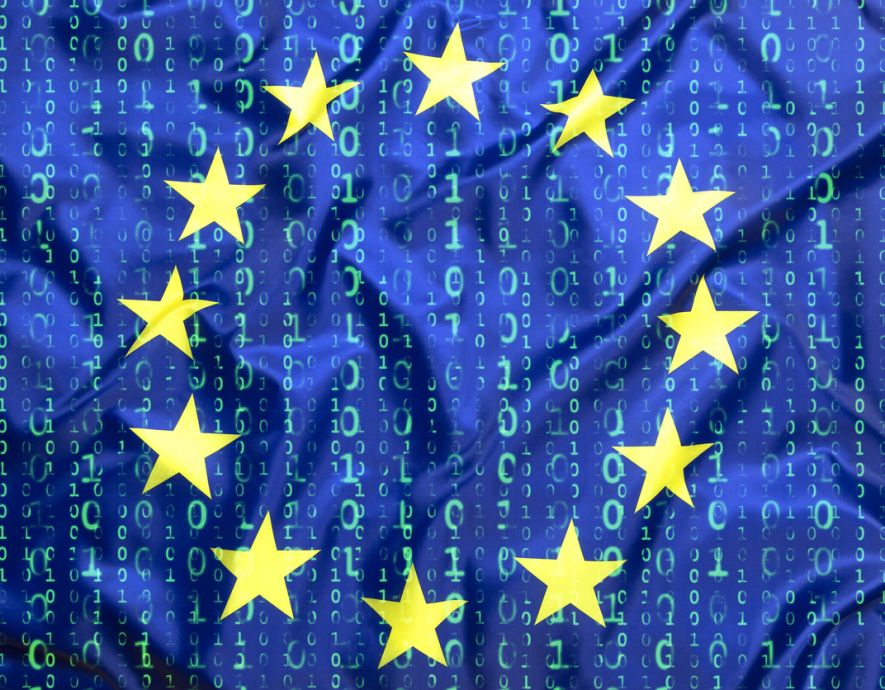
- Home
- Digital Sovereignty
- From Compliance to Transformation: The Cybersecurity Turning Point for European Companies
From Compliance to Transformation: The Cybersecurity Turning Point for European Companies


The effort required to bring cybersecurity in line with high standards represents a natural evolution toward a sustainable new operational model, for at least two reasons:
Long-Term Regulatory Commitments
Regulatory obligations—not only from NIS2, but also from REC or CRA—are designed with lasting constraints. Countermeasures, organizational adjustments, training, audits… everything is built to compel entities to adopt enduring operational frameworks. These frameworks inherently involve ongoing expenditures.
Shifting Responsibility to Entities Themselves
The message from the European Union is unequivocal: the regulations and their recitals strongly emphasize that each organization is responsible for orchestrating its own defense. Historically, this role was managed at the highest level by nation-states, supported by public funding and best practices. From now on, companies will be expected to take charge—not just for their own protection, but more importantly to safeguard institutions and the democratic foundations of the EU. This regulatory shift places responsibility squarely on individual entities, with a clear underlying message: the era of state and supra-state financial intervention is ending. Economic players must therefore find the resources and operational methods to handle cybersecurity—and even cyber defense—on their own.
The direction set by Europe is poised to entirely reprogram the economic fabric of its member states. Perhaps the most striking analogy is this: if Europe is a living organism, its businesses are its organs, its SMEs its cells, its networks its vessels. Directives such as NIS2, REC (critical entities), DORA (financial institutions), CRA (connected devices), CSoA (cyber solidarity), and the AI Act form a systemic vaccine. Their goal is not only defensive but transformational: to create deep immunity by addressing structural vulnerabilities, including those stemming from supply chains.
Beyond immediate protective effects, this body of regulations aims to bring about long-term, fundamental transformation in its beneficiaries. The texts emphasize vulnerability chains, particularly those resulting from subcontracting and delegation. They enable a recursive programming model of the antidote—designed to understand its environment and generate protective mechanisms, down to the smallest component. The organism thus protected should be regarded as an elevated version of itself—prepared for all eventualities and adaptable to ever-changing threats.
We are also acutely aware of a growing and pressing reality, one that we believe will become even more evident in the coming years: the diversification of state-level threats in both methods and objectives. This trend was detailed by ANSSI in the “Evolution of Tools and Attack Infrastructures” section of its 2024 Cyber Threat Panorama. Where state-sponsored threats once primarily targeted the most sensitive public-sector organizations (historically protected by mechanisms such as OIV or EPP status) for espionage or service disruption, today they follow much more indirect and prolonged paths. This includes “pre-positioning” and hybrid threats.
The paradigm has shifted. Due to the high degree of interconnectivity in democratic societies, a future state-sponsored attack could well target an industrial actor—or even several simultaneously.
Such attacks may exploit the many dependencies these actors create around themselves, in order to disrupt the population’s broader capabilities. These efforts could be amplified through disinformation or destabilization campaigns on social media. This evolving threat landscape profoundly influences how we build partnerships, structure our thinking, and design cybersecurity capabilities. This is how we at Equans Digital view our role: as a cybersecurity provider in service to industries and public entities alike.
Focus: Equans Digital Cyber
At Equans, we benefit from a long-standing position as a multi-service leader among major industrial clients (energy, transport, manufacturing, defense, etc.) and public authorities. Although the cybersecurity division of our group is relatively new, cybersecurity is one of those transversal services that supports our clients’ core activities—and one we master fully. Our foundation lies in the strength of our technical DNA: Equans has always designed, integrated, and maintained complex systems combining critical infrastructure, automation, industrial networks, supervisory control, IT, and telecommunications—domains where IT and OT cybersecurity are increasingly converging.
As threats now extend beyond IT to include OT systems—connected and communicative—the unique blend of field expertise and deep technical environment mastery proves critical. This is one of the key differentiators of Equans Digital Cyber. Our teams collaborate closely, enabling us to transfer this granular knowledge into custom cybersecurity solutions tailored to each client.
We leverage our proficiency in systems integration practices to proactively address the organizational challenges faced across markets. Built around a core team of cybersecurity experts—capable of implementing countermeasures and auditing organizations (including with PASSI certification)—our capabilities provide our clients with high-level protection.
We are also able to enhance our Security Operations Center (SOC) offering with innovative features developed by both market leaders and startups.
Join Equans Digital at FIC Le Creusot: two days to boost your cybersecurity expertise, May 22–23, 2025.
the newsletter
the newsletter



